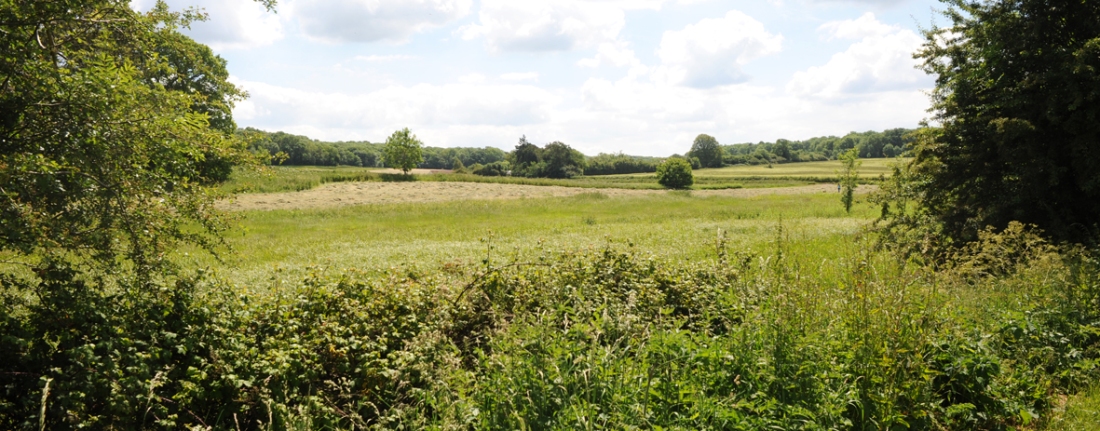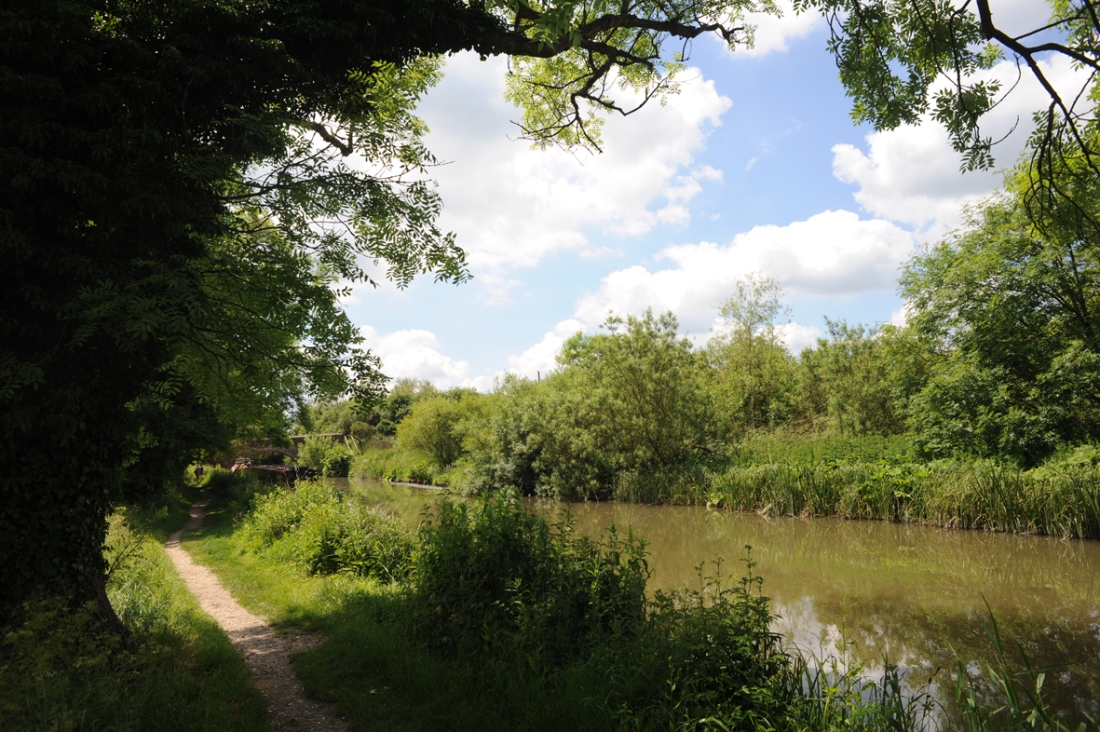I’m going to post some photos I took yesterday on a perfect day on the Kennet & Avon canal. The day before, I gave my first Richard III talk, at the National Portrait Gallery (to a full house, after which we ran out of copies of my book during the signing session…). I’d prepared for that immediately after finishing the new British Archaeology, so it was great to step out into the Brazil Day celebrations in Trafalgar Square, and the next day walk in the sun in Wiltshire.








This banner hangs in the south aisle. The text is from Galatians chapter 6: “Bear ye one another’s burdens, and so fulfil the law of Christ./For if a man think himself to be something, when he is nothing, he deceiveth himself./But let every man prove his own work, and then shall he have rejoicing in himself alone, and not in another.”
It seems an appropriate thing to illustrate now, in view of the British Folk Art exhibition which has just opened at Tate Britain in London. It has a Methodist feel about it, but with its fine depiction of the church was presumably made for that or one of its schools, apparently before the mid 19th century restoration.
A quick bit of online research suggests it may have been painted between 1843 and 1853, when the antiquarian John Ward was vicar (there will of course be more information about this, and I welcome any updates). As Ward himself describes in his article about Bedwyn in the Wiltshire Archaeological Magazine (1860), when the west front was rebuilt in 1843 (“in consequence of the ruined condition of the former wall”), a new doorway was inserted into the north aisle and the main door enlarged (they found the buttresses had been built of recycled stone coffins, and the same thing occurred when the transepts were restored in 1854–55). The roofs were renewed 1853–54 “and made to follow the original pitch, traces of which were clearly marked on the tower”; north and south porches were removed, and a doorway at the west end of the north aisle was blocked.

Comparing the image on the banner with the church today, the former fits in between these two restoration events: the west wall, with its door into the north aisle, looks in pretty good condition, suggesting the view post-dates 1843; but the roofs are lower and the porch and aisle door are still there, suggesting it pre-dates 1853.









